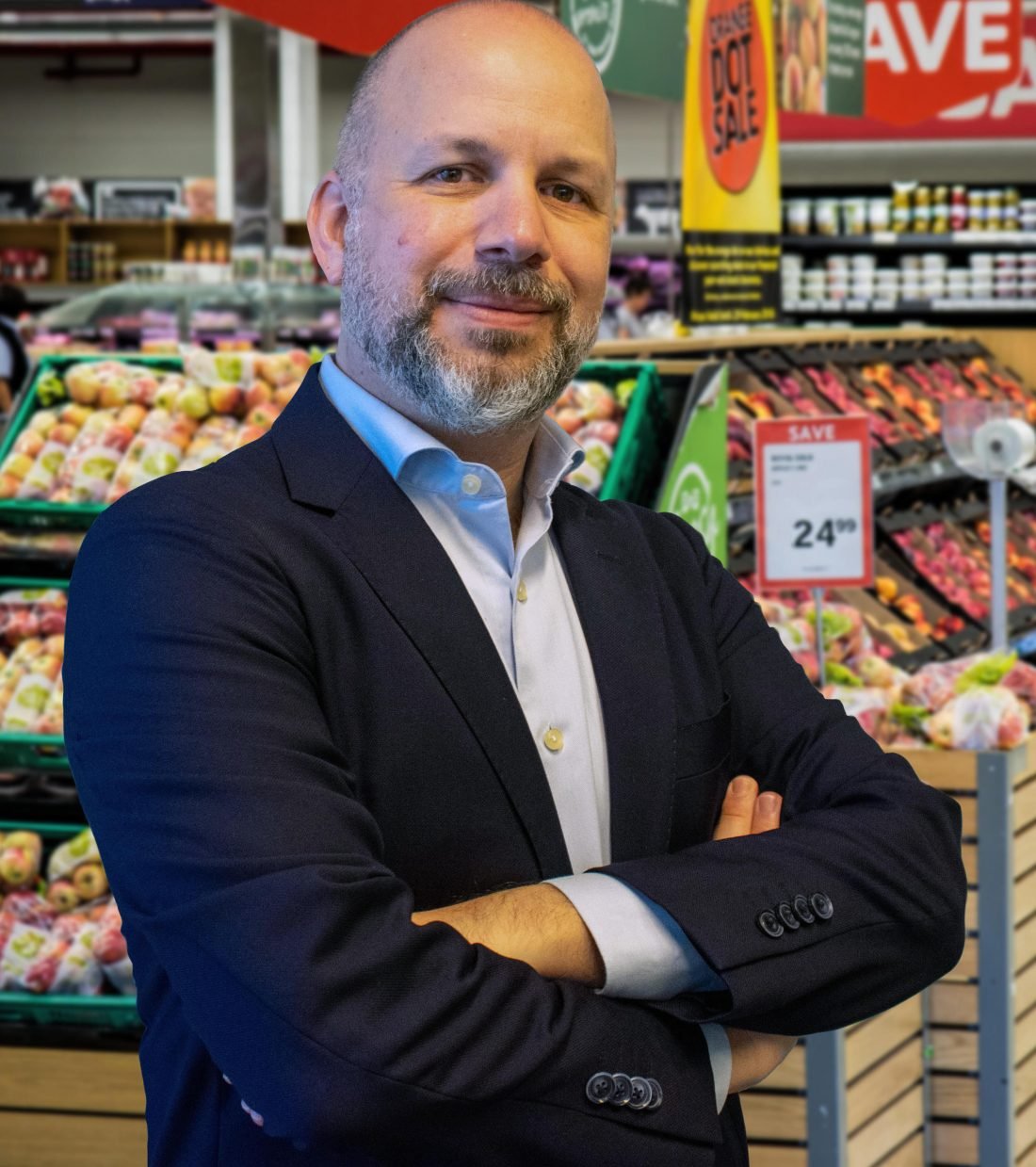How Retail Brands Of The Region Can Navigate The Era Of Covid-19 By Championing Digital Transformation
By Raed Hafez, CEO elGrocer (elgrocer.com)

During the peak of the movement restriction phase, a cartoon was doing the rounds on social media that illustrated a survey result showing Covid-19 to be the main driver of digital transformation within companies well ahead of the CEO, CIO, or CMO. While it was funny, it also reflected a much deeper reality of the region: retailers across segments had given lip service to digitalization and digital transformation with launches of some websites or online gimmicks but none made it a priority to revamp their business in the area of digital. When Covid-19 hit, they soon realized how short-sighted that was!
For the past few years, startups and some successful entrepreneurs identified that online commerce was the key to sustainable growth and a way to reach the new generation. Among startups, online and social commerce was thriving. These startups launched new businesses and brands online; they transacted with their customers over social media, chat, and mobile apps. The result: unprecedented recognition and applause. On the flip side, established brands were satisfied with hiring social media agencies and influencers to promote their latest products and offerings without providing a way to transact online. Customers who were looking to buy online were quickly pushed to the physical retail to complete the experience. Considering that online retail did not exceed 3% of the total retail during those times, it was not deemed much of a loss.
Fast forward to March 2020, established retail brands saw their physical stores forcibly closed with no clear end in sight. With employees’ and customers’ movement restricted, stores that did remain open realized that it wasn’t sustainable to operate for just a fraction of the total footfall they used to get. Soon we witnessed some of the largest brands sharing PDF catalogs and phone numbers across WhatsApp and Facebook groups pleading with their customers to place orders ‘online.’ The experience highlighted the need for a digital offering.
The good news is that it’s not too late. Online commerce is within reach for everyone. If startups and individual entrepreneurs were able to do it, so can the established brands. However, we see a number of them fall into the second fallacy: online commerce is simply putting up a website or a mobile app that can be developed quickly and cheaply by some freelance or outsourced software development house! The problem with this approach is that it undermines the full set of activities required to deliver a perfect shopping experience. Digital transformation can’t be applied to only one part of the journey (shopping) while keeping the rest in the old manual world. The online customer expects the whole experience to be digital, seamless, and interconnected. Even when customers engage with the physical presence of the brand, they expect that engagement to be an extension of their digital journey and experience with the brand. Left in two disconnected worlds, customers take to the social media airwaves and express their dissatisfaction in a much louder voice than ever witnessed before.
Established retailers are encouraged to do a complete assessment of their activities, starting from procurement and all the way to customer service. These interconnected activities need to be reimagined in a world where online and offline customers are one and interchangeable. Technology should not be injected for the sake of adding a digital element. On the contrary, it should be incorporated in the process to ensure a seamless flow of information so that any action by a supplier or a customer on one side of the operation chain is reflected across the rest. Digital transformation starts with re-engineering and transforming a series of activities that take the organization to a new level of customer engagement. Equally important is that the same effort should be extended to the processes involved in engaging with the company’s suppliers.
One sizable and key retail segment is the Fast-Moving Consumer Goods (FMCG). This has always been the most “traditional” in its approach to operation and innovation. They saw an equal need of transforming their business but for a completely different reason. Once the movement restrictions were imposed, their customers switched to whatever online channels already existed before Covid, bringing their systems to its proverbial knees. The systems that were designed to handle 1% of their retail crumbled once the remaining 99% moved online. Some retailers reacted quickly and engaged with established partners like elGrocer to offer their customers a convenient channel to fulfil their shopping needs.
FMCG is also a segment that will most likely never go back to the old ways of doing business. Retailers flocked to existing online channels to meet this new online demand while some initiated internal projects to create their own. FMCG retailers are equally encouraged to engage with the experts in revamping their processes to serve the new hybrid digital/physical customer. In a market where the average store contains over 10,000 products with a high ratio of new product introductions, offers, promotions, and bundles, ensuring integrated process activities is even more crucial than in any other retail sector. At elGrocer, we find ourselves continuously engaging with our retailer partners in a consultative capacity to identify ways to improve operations, catalog mix, and customer engagement activities.
Across the board, retailers need to partner with experts to re-design and transform the whole business. These experts who bring years of know-how to the market, especially the local market, will add significant value to any established retailer operation in its quest towards a complete transformation. Retailers should not underestimate the work required and should internally focus on the key activities they excel at while bringing onboard partners who provide a complementary set of skills to serve consumers in the ‘new normal.’





